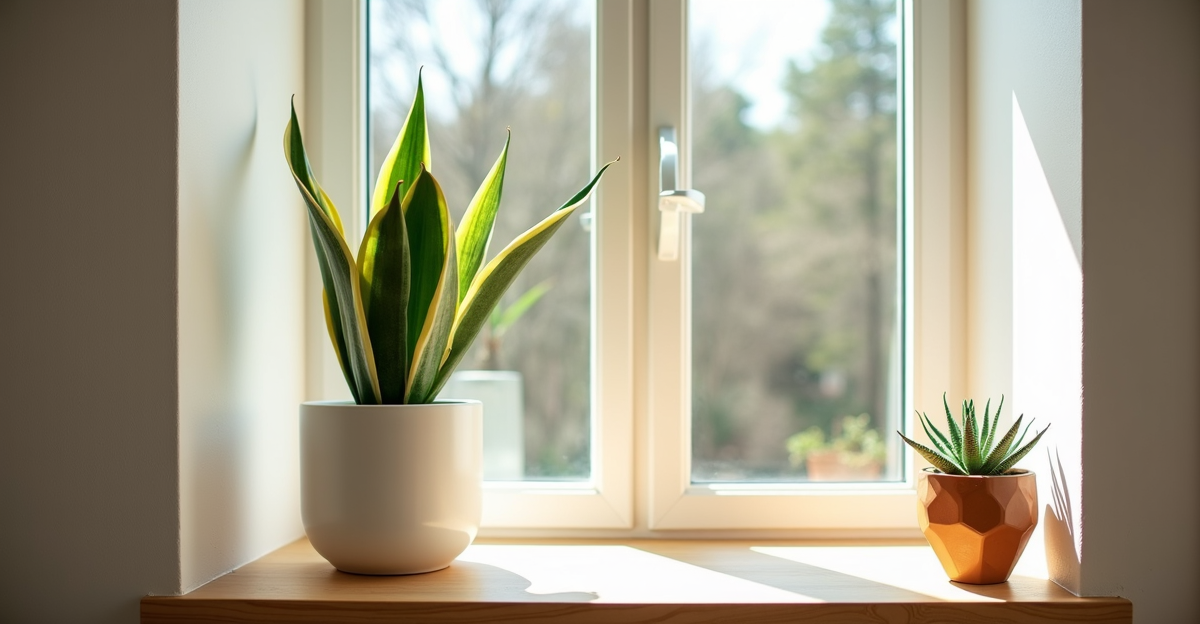Why Your Plant’s Leaves Look Fuzzy (And How to Fix It Without a Fancy Filter)
You’re watering your snake plant on a Tuesday afternoon, the late sun streaming through your east-facing window. You notice something odd: tiny white, fuzzy spots clinging to the leaves near the base. You’ve been using the same tap water for months, and your plant always thrived. What’s going on? It’s not mold—it’s likely chlorine buildup, and it’s far more common than you think. We’ve all been there. That moment when your usually vibrant plant starts showing subtle, confusing signs of stress, and you know you’re not overwatering. The culprit? The very water you trust.
Chlorine is added to municipal water supplies to keep it safe for us. But for houseplants, especially sensitive ones like Calathea, Maranta, or ferns, it can cause a slow, silent burn. It doesn’t kill instantly—it makes leaves look dull, feel brittle, or develop those frustrating white, fuzzy patches (often mistaken for pests). It’s not about the amount of chlorine, but how it accumulates in the soil over time, particularly in pots with poor drainage or when using mineral-heavy water. The good news? Fixing it is simple, practical, and doesn’t require a lifetime supply of distilled water.
The Real Reason Chlorine Hurts Your Plants (and Why “Letting Water Sit” Isn’t the Whole Story)
Most care guides say, “Let tap water sit for 24 hours to let chlorine evaporate.” It’s a half-truth. Chlorine does dissipate, but it’s not the only issue. Chloramine (a more stable chlorine compound used in many cities) doesn’t evaporate easily. And even when chlorine is gone, the minerals left behind—like calcium and magnesium—can build up in the soil, especially in pots that don’t drain well. This mineral buildup is the real culprit behind dry, fuzzy leaf edges and stunted growth. It’s why your lemongrass plant might look fine in a plastic pot but struggle in a ceramic one that holds moisture longer.
Let’s be clear: hardy plants like Pothos, ZZs, or Spider Plants handle chlorine and minerals better. But if you’re styling with Calathea on a shelf, or using LECA for your Monstera (which loves consistent moisture), mineral buildup can sneak up on you. It’s not a disease—it’s a soil chemistry issue you can fix by adjusting how you water, not just what you water with.
Watering with Purpose: How to Prevent Chlorine Damage Before It Starts
The key isn’t to avoid tap water—it’s to work with it. Here’s what we do at our shop and in our own homes:
1. Adjust Your Watering Cadence Based on Your Pot & Mix
If your plant lives in a pot without drainage holes (like a decorative ceramic cachepot), or you use a dense mix with lots of peat, chlorine and minerals will accumulate faster. Water less frequently—wait until the top 2–3 inches of soil are dry—so minerals don’t concentrate. For plants in well-draining pots (with drainage holes) or in LECA/PON, water more regularly but thoroughly. This flushes minerals out before they build up.
Real-life example: My sister’s Calathea in a moss pole + ceramic pot (no drainage) was getting fuzzy leaves. She switched to watering only when the top inch of soil was dry, and always watered until it drained out the bottom. Within a month, the fuzzy spots faded. The pot was the problem, not the water.
2. Use “Flush” Watering for Seasonal Resets
In late winter or early spring (when plants wake from dormancy), give a thorough “flush” to your plants. Water generously until it runs freely out the drainage holes, then let the pot sit empty for 10 minutes. This washes out accumulated minerals. Do this once a month for sensitive plants, or every 2–3 months for hardier ones. It’s a quick fix that prevents buildup from becoming a bigger issue.
Edge case: Over-flushing can cause root rot in plants that hate wet feet (like Snake Plants). Only flush when the soil is dry to the touch, and avoid flushing in winter when plants need less water.
Planter Choice: Your Hidden Ally Against Chlorine Buildup
The pot you choose isn’t just about aesthetics—it’s a critical part of managing water and minerals. Here’s why:
- Drainage holes = your best friend. A pot with holes lets excess water (and dissolved minerals) escape. Plants in pots without holes trap minerals, even if you water carefully.
- Avoid ceramic or stone for sensitive plants. These materials hold moisture longer, increasing mineral concentration. Glazed ceramics are better than unglazed, but still less ideal than porous terra cotta for mineral-heavy water.
- Self-watering pots? Proceed with caution. They’re convenient but can worsen mineral buildup if the reservoir isn’t cleaned regularly. They’re better for plants that tolerate consistent moisture (like Pothos) than for Calathea.
Real-life example: A customer in a north-facing bedroom (low light, dry winter air) had her Monstera in a self-watering pot with LECA. The leaves started drying at the tips. She switched to a pot with drainage holes, kept the LECA, and flushed the LECA every two months. The tips healed within weeks. The self-watering system wasn’t the issue—it was the lack of flushing.
When Tap Water Isn’t Enough (And What to Try Instead)
Not everyone has a water filter or access to distilled water. Here’s what actually works in most homes:
- Let tap water sit for 24 hours (for chlorine only). If your city uses chlorine (not chloramine), this helps. But it won’t remove chloramine or minerals—so pair it with flushing.
- Use a simple activated carbon filter (like those for pitchers) if you want consistent results. They’re cheap, effective, and don’t require plumbing.
- Rainwater or distilled water? Only if you really need it. For most plants, tap water + good watering habits is fine. Distilled water is expensive and doesn’t help with mineral buildup—it just adds new problems (like no minerals at all, which can stress plants).
Trade-off alert: If you’re using a water filter, remember it doesn’t remove all minerals. You’ll still need to flush occasionally. And never use only distilled water—it’s like giving plants a nutrient-deficient diet.
The Styling Connection: Why Your Planter Affects Your Plant’s Health
This is where we get practical. You’ve styled your Fiddle Leaf Fig on a marble shelf, but the leaves are getting fuzzy. You’ve added a moss pole for support, but the plant still struggles. The real issue might be the pot. A heavy ceramic pot with no drainage traps minerals, while a lightweight, porous pot with drainage lets minerals wash away. It’s why we’re obsessed with planter materials at Wild Buds: the right pot isn’t just for looks—it prevents damage before it starts.
That’s why we design our 3D-printed planters with drainage as a priority. We use materials that let moisture evaporate naturally and ensure water drains freely. No trapped minerals. No fuzzy leaves. Just plants that thrive with less fuss. It’s not about fancy tech—it’s about making the simple act of watering work with your plant, not against it.
Final Thoughts: Chlorine Isn’t a Dealbreaker—It’s a Signal
Chlorine in tap water doesn’t mean your plant is doomed. It’s a sign that your care routine needs a tiny tweak. Adjust your watering frequency, prioritize drainage, and flush occasionally. For most of us, that’s all it takes. You don’t need to buy a $50 water filter or switch to distilled water. You just need to understand how your pot and water interact.
The best part? Fixing this isn’t about overcomplicating your routine. It’s about working with your plant’s needs, not fighting them. And when you get it right, your plants respond with lush, healthy growth—no fuzzy spots, no stress. It’s the small, consistent choices that make the biggest difference.
When you’re ready to grow your setup, explore our 3D-printed planters.
Key Takeaways
– Chlorine/minerals build up in soil, causing fuzzy leaves and dry tips—especially in pots without drainage.
– Fix it by watering less frequently in dense pots, flushing regularly, and prioritizing drainage.
– Your planter choice directly impacts mineral buildup—drainage holes are non-negotiable for healthy roots.

